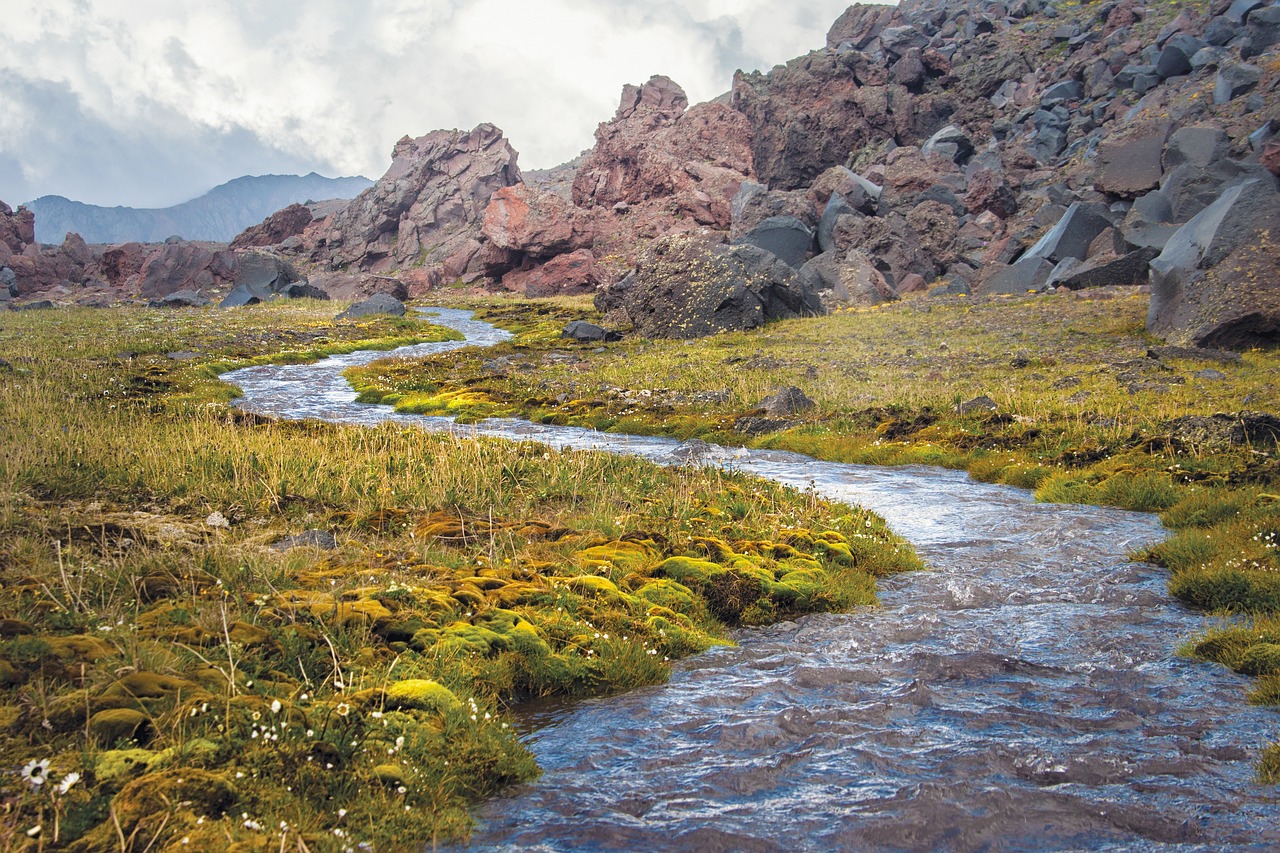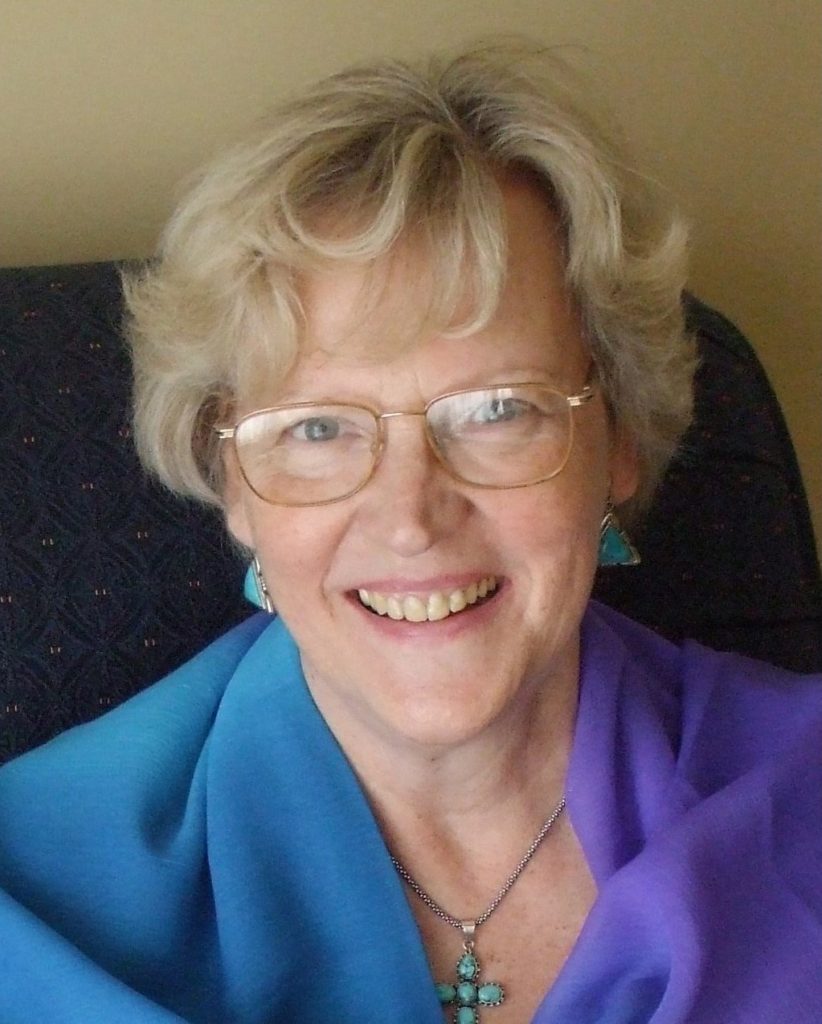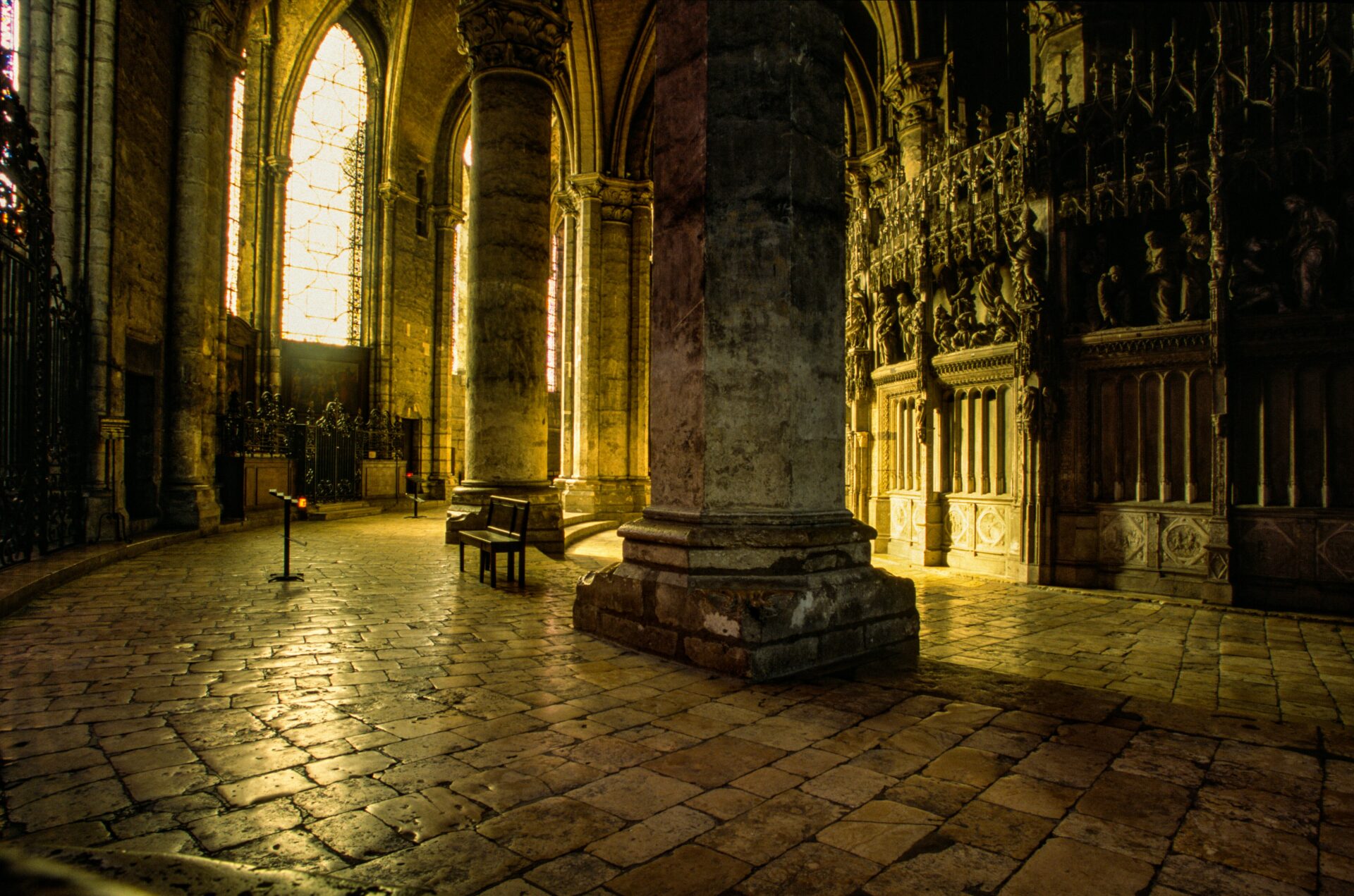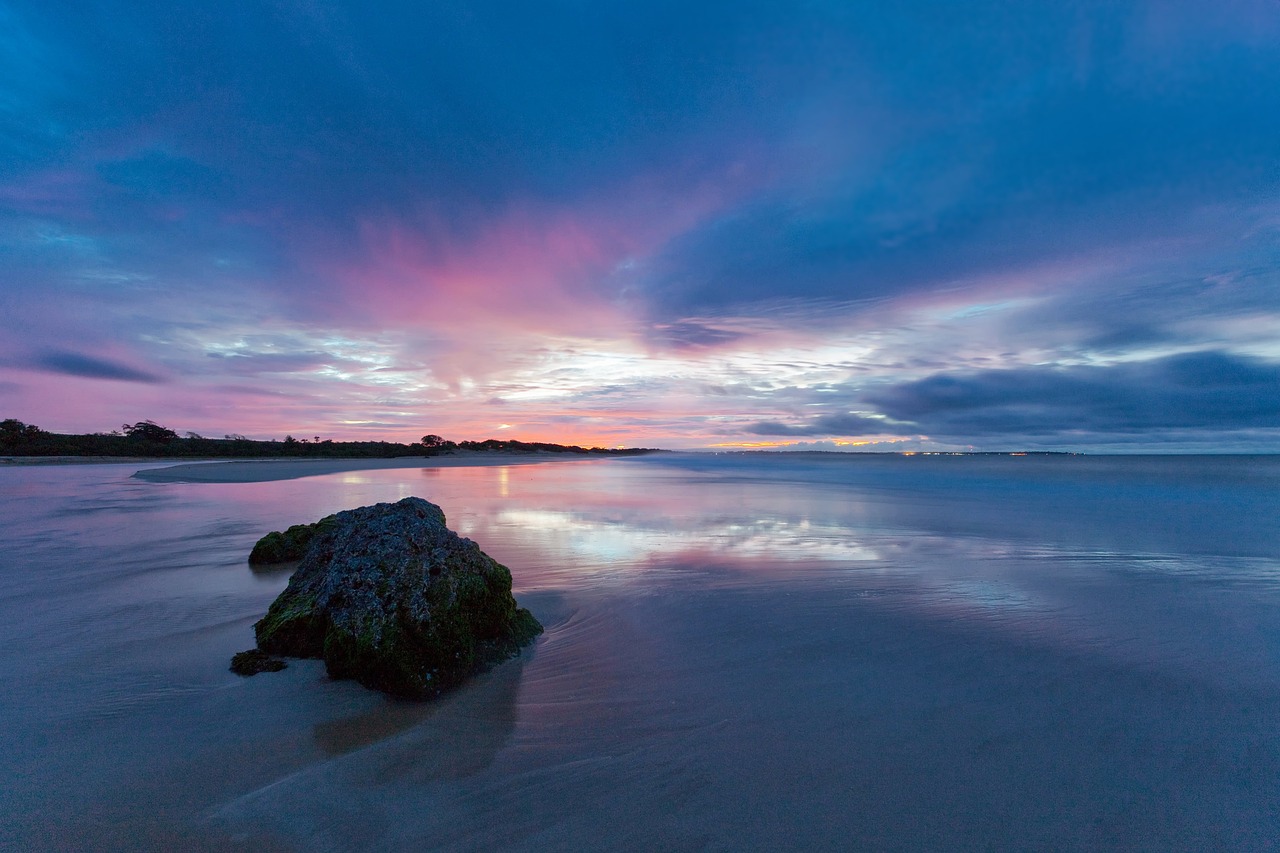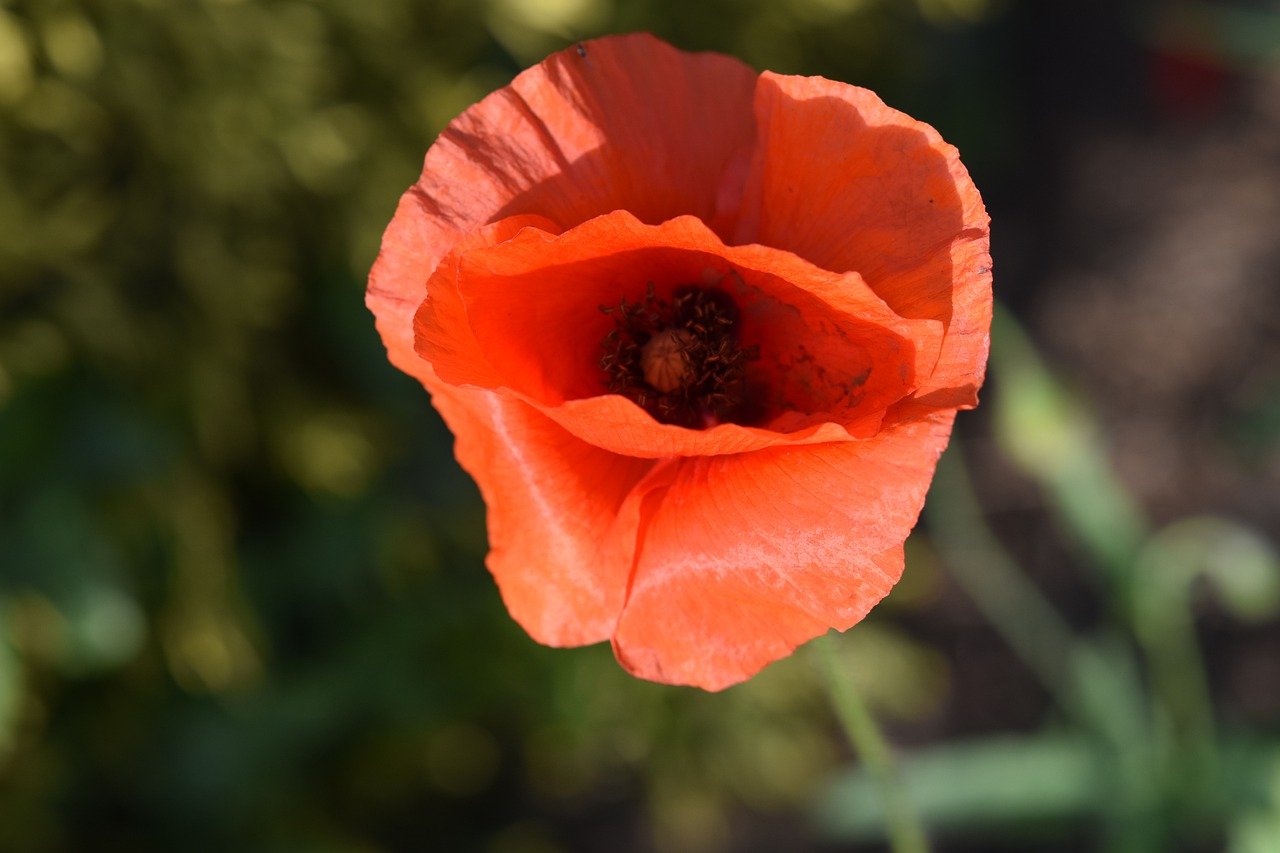The spiritual path moves through self-knowledge to knowledge of God, as we have already heard in the words of many a mystic or spiritual teacher. Laurence Freeman in ‘Jesus the Teacher Within’ states: “Each person knows himself uniquely and so uniquely expresses his insight into the non-dual, simple nature of God and the Self. Union transfigures but does not destroy personal identity.”
The following Sufi story beautifully describes what is required during this process: The story began with a gentle rain falling on a high mountain in a distant land. The rain was at first hushed and quiet, trickling down granite slopes. Gradually it increased in strength, as rivulets of water rolled over the rocks and down the gnarled, twisted trees that grew there. The rain fell as water must without calculation: water never has time to practise falling. Soon it was pouring, as swift currents of dark water flowed together into the beginnings of a stream. The brook made its way down the mountainside, through small standards of cypress trees and fields of lavender tipped purslane, down cascading falls. It moved without effort, splashing all around stones — learning that a stream interrupted by rocks is the one that sings most nobly. Finally, having left its heights in the distant mountain, the stream made its way to the edge of a great desert. Sand and rock stretched beyond seeing. Having crossed every other barrier in its way the stream fully expected to cross this as well. But as fast as its waves splashed into the desert, that fast did they disappear into the sand. Before long the stream heard a voice whispering, as if coming from the desert itself, saying, “The wind crosses the desert, so can the stream.” “Yes, but the wind can fly!” cried out the stream, still dashing itself into the desert sand. “You’ll never get across that way,” the desert whispered. “You have to let the wind carry you.” “But how?” shouted the stream. “You have to let the wind absorb you.” The stream could not accept this, however, not wanting to lose its identity or abandoned its own individuality. After all, if it gave itself to the winds, could it ever be sure of becoming a stream again? The desert replied that the stream could continue its flowing, perhaps one day even producing a swamp there at the desert’s edge. But it would never cross the desert so long as it remained a stream. “Why can’t I remained the same stream that I am?” the water cried. And the desert answered, ever so wisely, “You can never remain what you are. Either you become a swamp or you give yourself to the wind. The stream was silent for a long time, listening, listening to distant echoes of memory, knowing parts of it having been held before in the arms of the wind. From that long forgotten place, it gradually recalled how water conquers only by yielding, by flowing around obstacles, by turning to steam when threatened by fire. From the depths of that silence, slowly the stream raised its vapours to the welcoming arms of the wind and was born upward, carried easily on great white clouds over the wide desert waste. Approaching distant mountains on the desert’s far side, the stream then began once again to fall as a light rain. At first it was hushed and quiet, trickling down granite slopes. Gradually it increased in strength, as rivulets rolled over the rocks and down the gnarled, twisted trees that grew there. The rain fell, as water must, without calculation. And soon it was pouring, as swift currents of dark water flowed together – yet again – into the headwaters of a new stream.
Image by Полина Андреева from Pixabay

